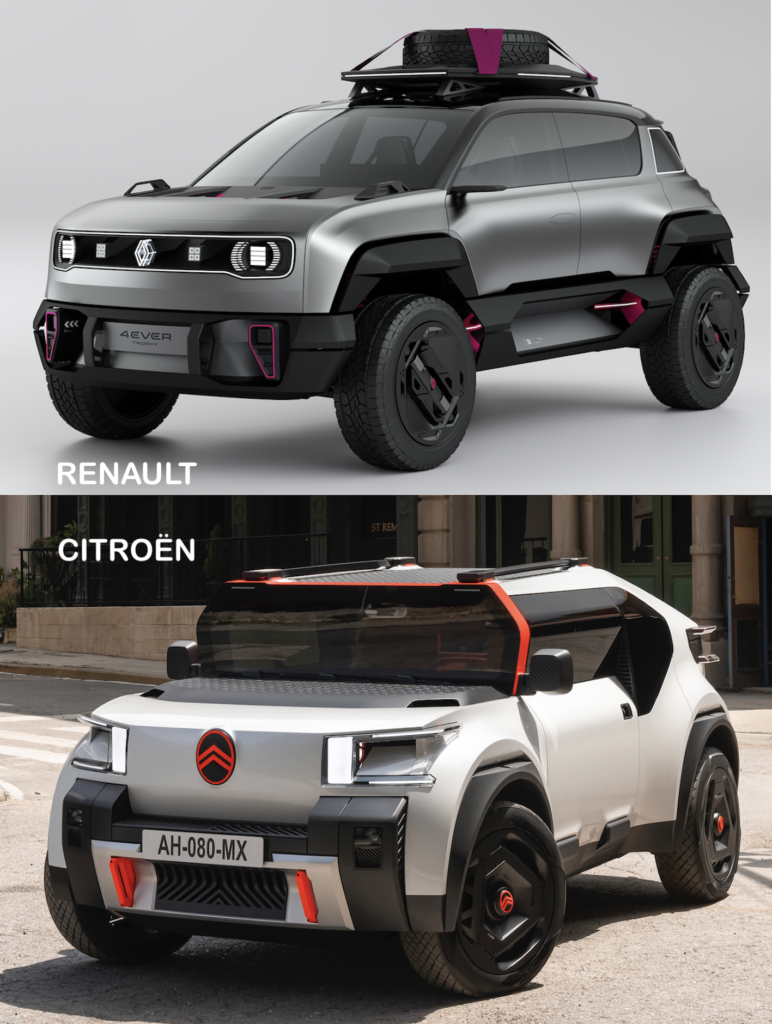
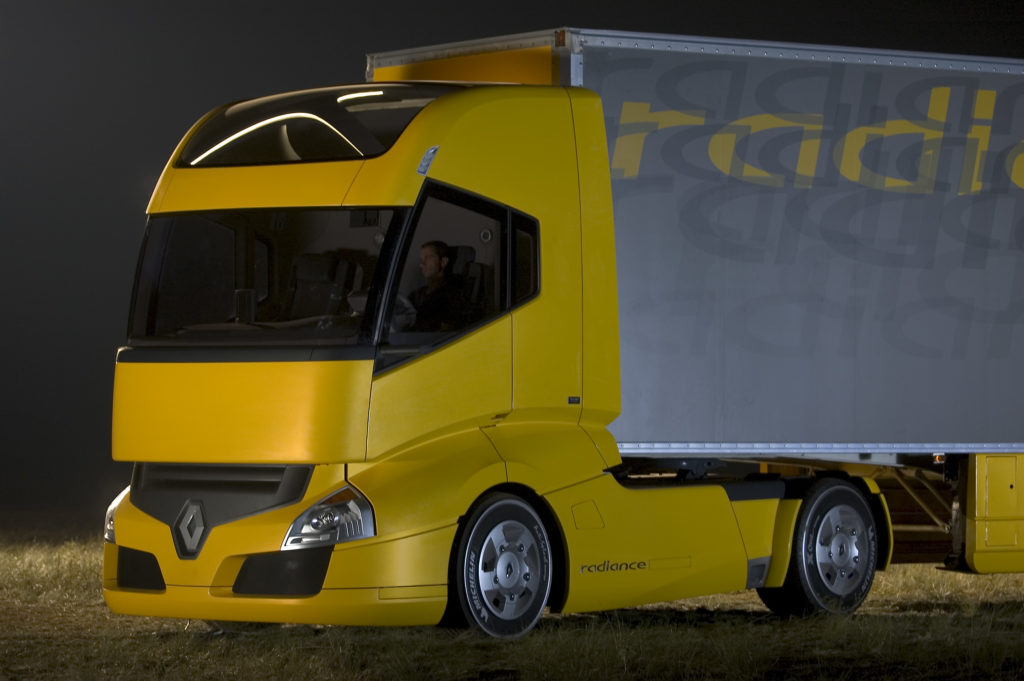
Renault’s design activity was brisk in 2004. In terms of concept cars, it was a fertile year with the small Wind roadster and the Fluence coupé. The former is designed by Erde Tungaa, Stéphane Janin for the interior and Catherine Joly for colours and materials, while the Fluence coupé is the work of Nicolas Jardin, Paula Fabregat-Andreu for the interior and Paul Stamper for colours and trims.
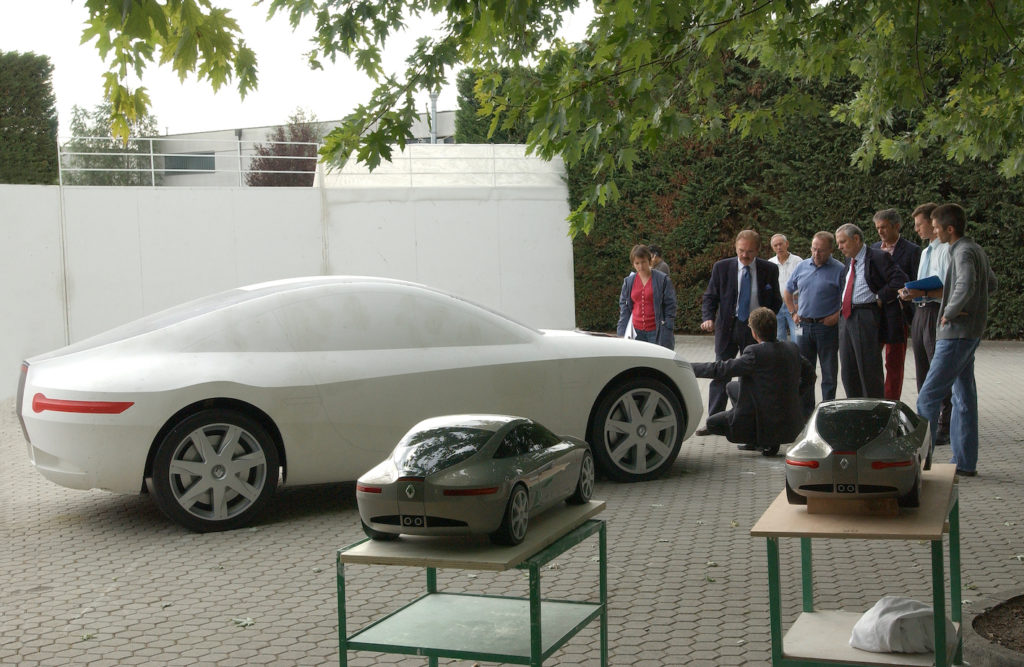
In these different concepts, Renault is exploiting the theme of “Touch Design” inaugurated in 2001 with the Talisman concept car designed entirely by Stéphane Janin. These concept cars undergo a thorough design process, which includes a 1:1 scale model produced in plaster in Italy by G-Studio. In the midst of these beautiful projects, there is one that is slightly more voluminous: the Radiance. This was a study of a truck based on the Renault Premium then on the market.
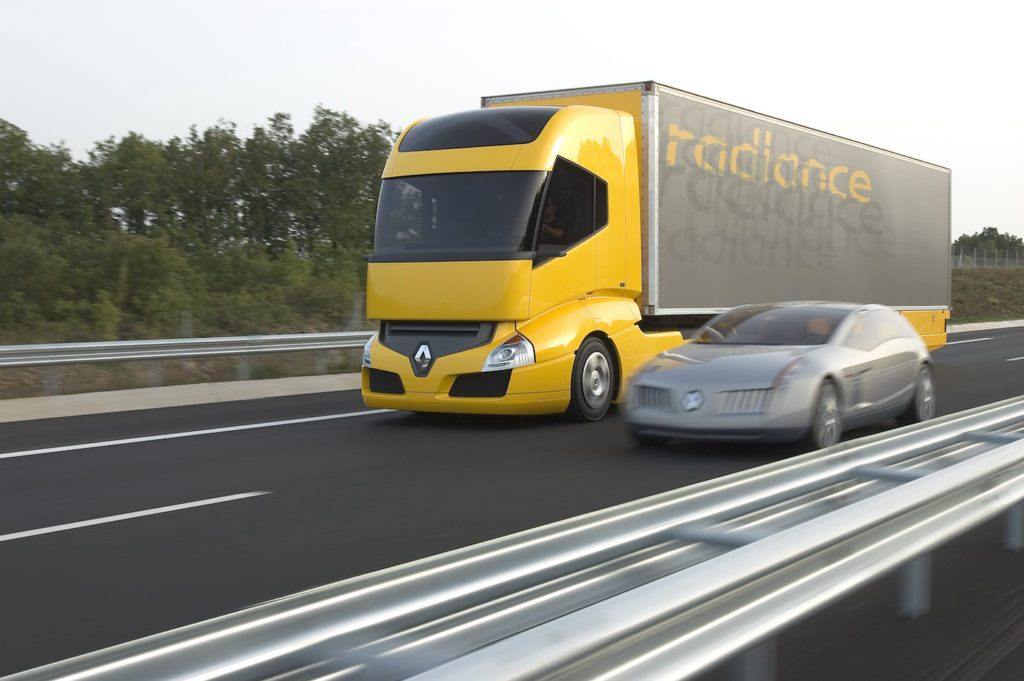
We’re not talking about a concept car here, but rather about Dream-Truck, which attempts to identify a number of key trends for the medium and long term. And in the world of trucks, the focus is certainly on style, but above all on cab comfort, safety and operation.
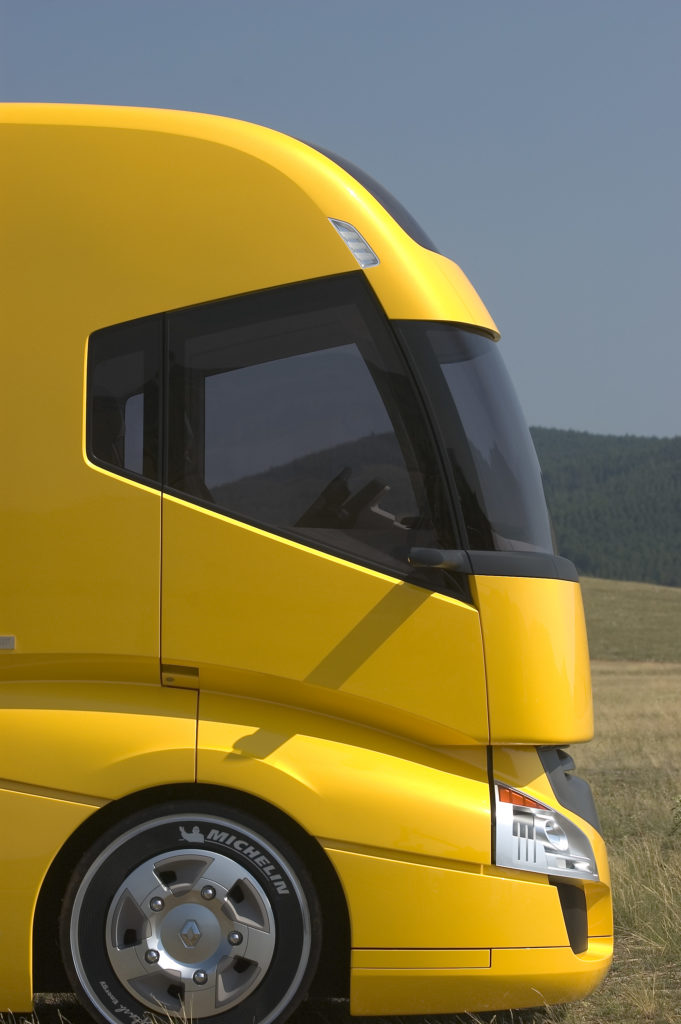
Renault Truck had only existed under this name for 2 years. Until 2002, it was known as Renault Véhicules Industriels, a branch of the Renault group which gradually became part of Volvo, until 2012 when Renault Truck was 100% owned by Volvo. In 2004, it was the men and women from Volvo’s marketing department – sorry, Renault Trucks – who knocked on the door of Renault Design Industriel at Guyancourt, the large design centre inaugurated six years earlier.
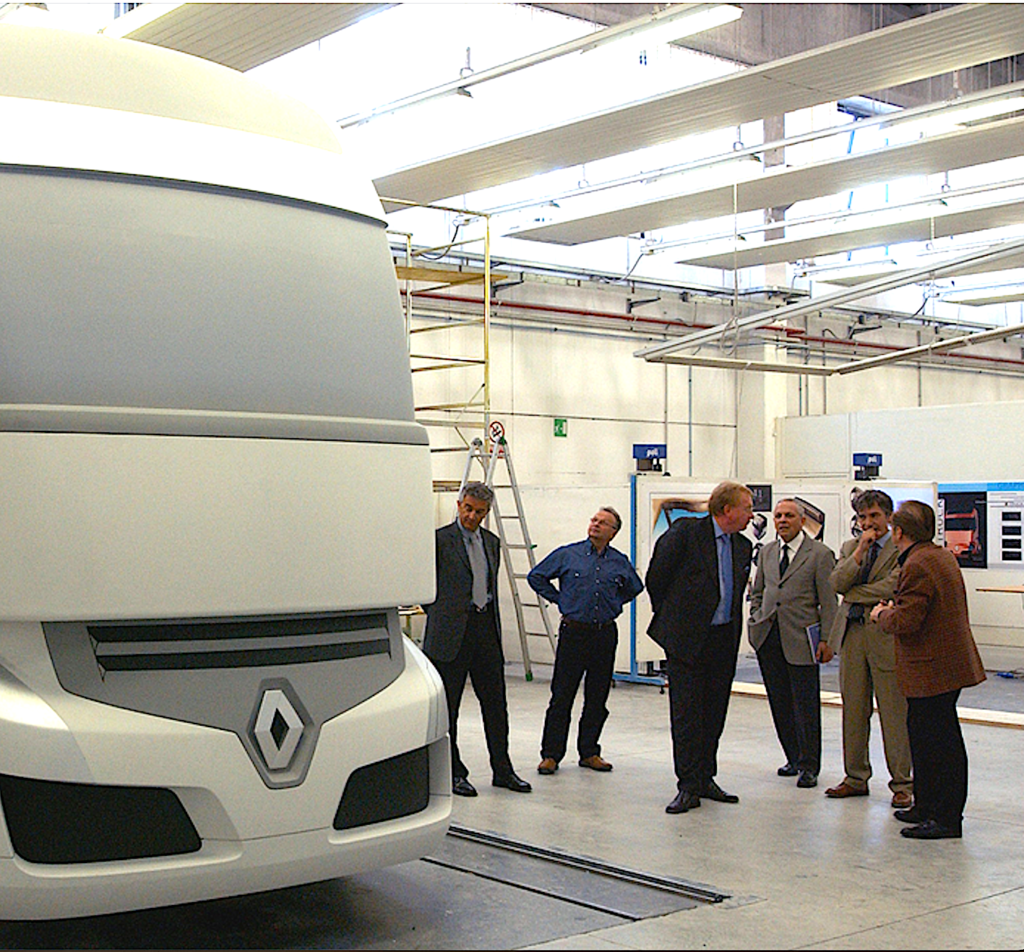
Patrick le Quément then entrusted the project to the team headed by Jean-François Venet. The exterior design of the Radiance truck is by Julien Drouard, the interior design by Fabrice Pouille and the colours and materials by Yesim Guleryuz.
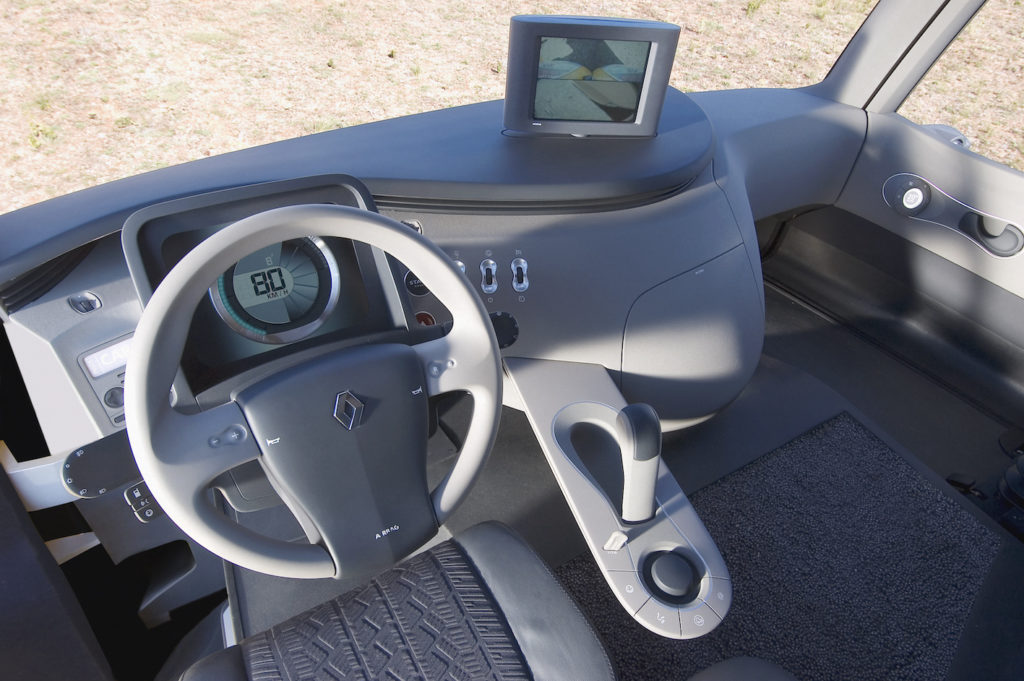
Julien Drouard relies on his aerodynamics colleagues to shape the cabin, in particular the two sculpted, voluminous wings, which also enhance the brand’s image. Not to mention the radiator grille, which fades away at the top under the smooth bonnet extended by a huge windscreen. The headlamps are perfectly integrated, while the bumper drops extremely low, again for aerodynamic reasons.
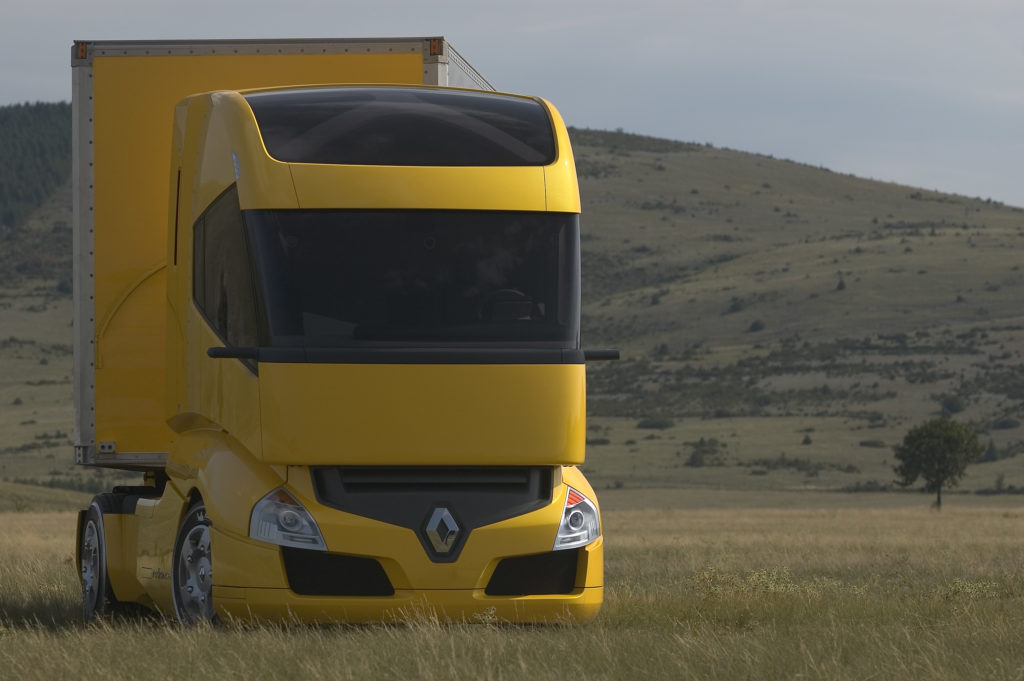
The anthracite black of the grille is a deliberate contrast to the yellow of the cabin. The roof is made of smoked glass. On either side of the cab, small cameras provide on-board rear-view vision on screens positioned high up, on either side of the driver’s field of vision.
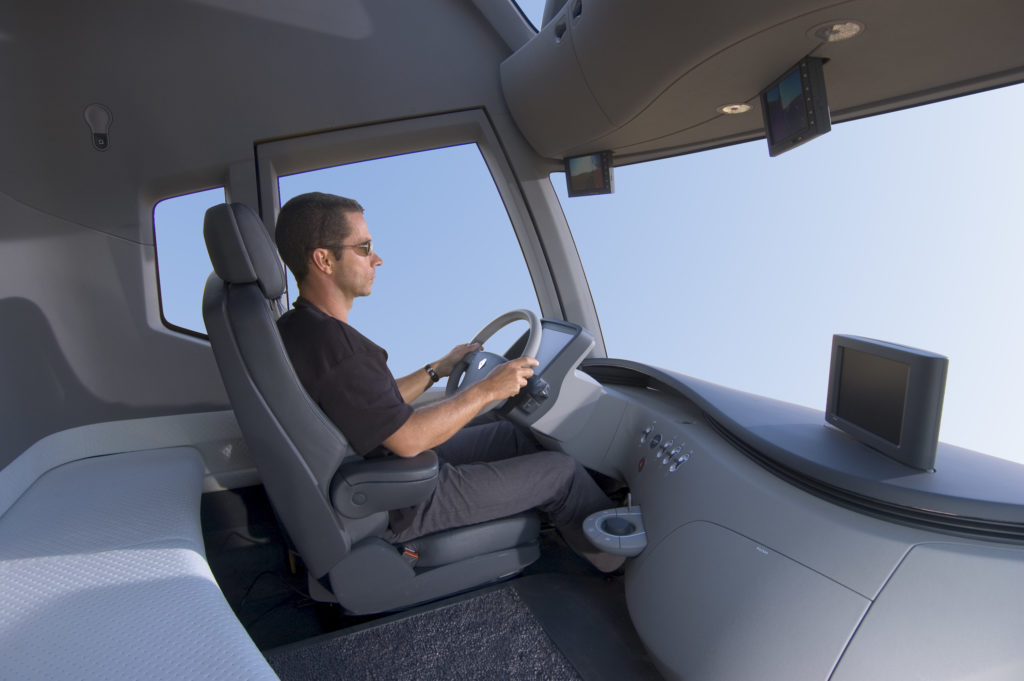
This is where we return to the ‘Touch Design’ concept pioneered by Talisman three years earlier. The aim is to create a serene environment that hides the complexity of the technology behind a certain simplicity of design. With Talisman in 2001, Patrick le Quément spoke of ‘simplexity’. This technique frees up space on board by hiding the small gear lever to increase the volume at standstill, while the space at the rear of the cabin changes from a bench seat to a bunk bed.

This concept, which is celebrating its 20th anniversary, was a continuation of Renault’s real legitimacy in the world of heavy goods vehicles. Although the Radiance was partly produced by G-Studio, it should be remembered that it was Renault which, at the end of the 1980s, produced its own in-house model of the Renault Magnum, whose final design was by Marcello Gandini. (read “Gandini and his Renault 4” here : http://lignesauto.fr/?p=26967 )

Gaston Juchet recalled in his notes that, during this period of great creativity, “Jean-Paul Manceau, head of styling for Renault Véhicules Industriels et Diversification, had a field of action that extended from tractors to Bernard Moteurs, including Gitane cycles, Renault Marine and even robotics. It was really impressive to find ourselves at the turn of a ‘screen panel’ in the workshop, discovering a FR1 coach or a Magnum truck cab! We’d never built such imposing models before!”
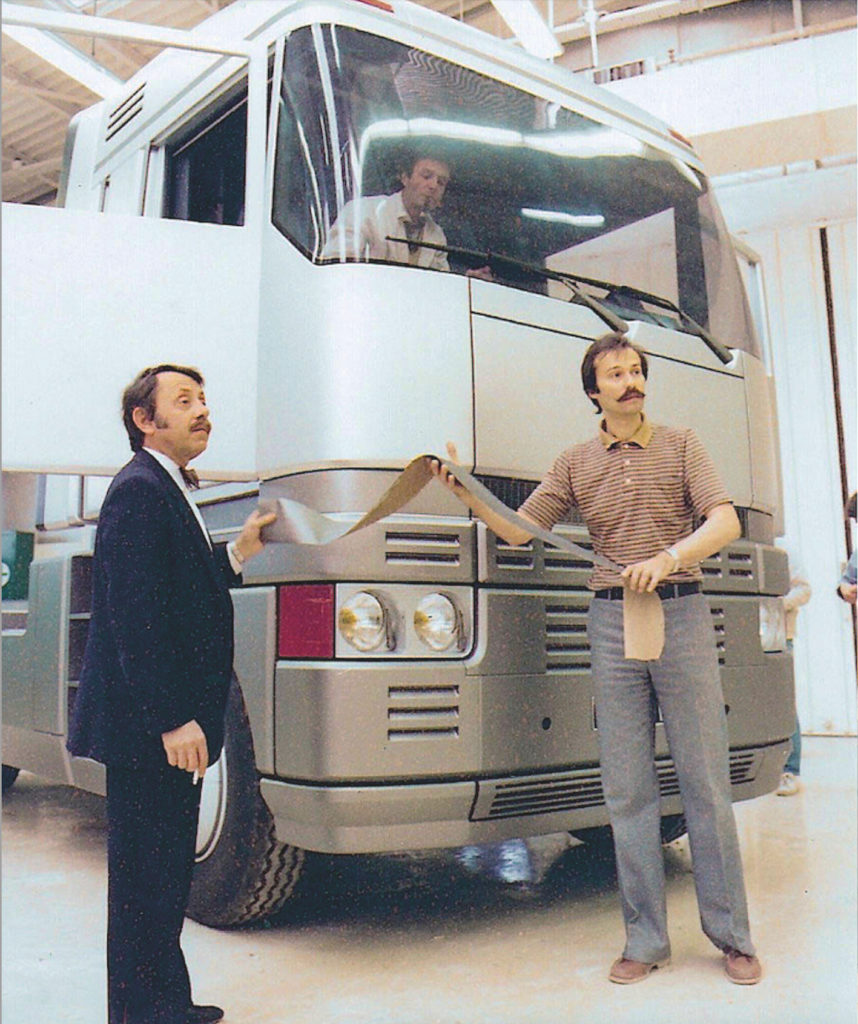
READ MORE: FUNNY SITUATION. This time, Citroën won’t be suing Renault! http://lignesauto.fr/?p=26475
